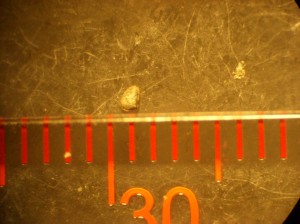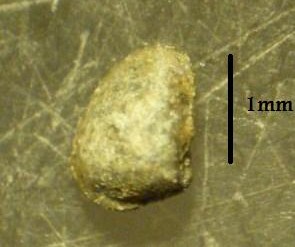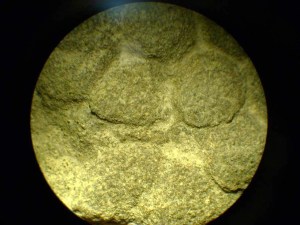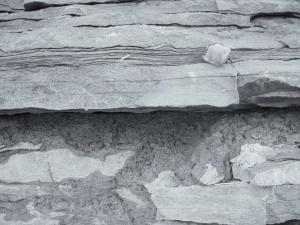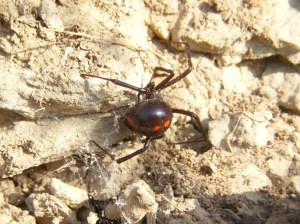The Ordovician of New York has been a fascination of mine since reading of C.D. Walcott’s discoveries, there, many years ago. A couple of years ago, I was granted the opportunity to visit a newly discovered lagerstatten in the Lorraine Group of Upstate New York.
The site was discovered by an amateur paleontologist from the region. In his quest to better understand the geology and paleontology of New York, he found the site that we visited, and several others that have produced stunning soft-tissue preservation of annelids and arthropods.
The Martin Quarry is located in the Whetstone Gulf Formation of the Lorraine Group in New York about 60 or 70 km north of Beecher’s Trilobite Beds. The rocks were deposited in a deep foreland basin that formed as a result of the Taconic Orogeny during the early Late Ordovician. The Late Ordovician was a time of intense tectonic activity on the Laurentian continent. As a result, the rocks of the Lorraine are characterized by sequences of turbidites.
It is within the turbidites that the exceptional preservation of the fossils are found. Bedding planes reveal hash plates with numerous partial trilobites-among other critters, but within the beds, whole critters can be found. And, if one is in the right horizon, the critters soft parts are preserved in pyrite.
Some photos:
After picking up a prep guy(one of the best in the field) at JFK, we got stuck in a traffic jam on the Tappan Zee… at 03:00!

Curiously, crinoids are absent from the locality, but they were somewhere, nearby.

The first thing that I saw when walking up to the outcrop was this lovely cephalon. The site is known for its Triarthrus fauna, and I was expecting it, but… this was the first Triarthrus that I had seen in the field! I was stoked!
photo about 15cm wide

A photo of me chopping away.

A photo of My Good Friend Who Is A Dog chillin in the creek.

A cutie(photo about 10 or 12 cm wide)

photo about 2cm wide

photo about 1.5 cm wide

Some kind of reptile… I might add, this guy shouldered(literally) a couple of tons of shale in an attempt to protect his finds, only to put on the gloves for this critter.

Probably, 75-100 partials on the slab.

Lots of partials and some other things, too. It appears that there is at least one calymenid free cheek, and a Sowerbyella brack. width of photo about 25cm

A nice ventral that is now part of the Peabody Museum collection

The guy that found this quarry developed a revolutionary an innovative technique in the preparation of pyritized soft tissue recovery… his methodology, at first, seems counter-intuitive, and maybe destructive, but his results are telling.
Further reading and references:
Beyond Beecher’s Trilobite Bed: Widespread pyritization of soft tissues in the Late Ordovician Taconic foreland basin
Farrell, et. al. 2009
Pyritization of soft-bodied fossils: Beecher’s Trilobite Bed, Upper Ordovician, New York State
Briggs, et, al. 1991
\Turbidite depositional influences on the diagenesis of Beecher’s Trilobite Bed and the Hunsrück Slate; sites of soft tissue pyritization
Raiswell, et. al. 2008
EDIT: to add photos
